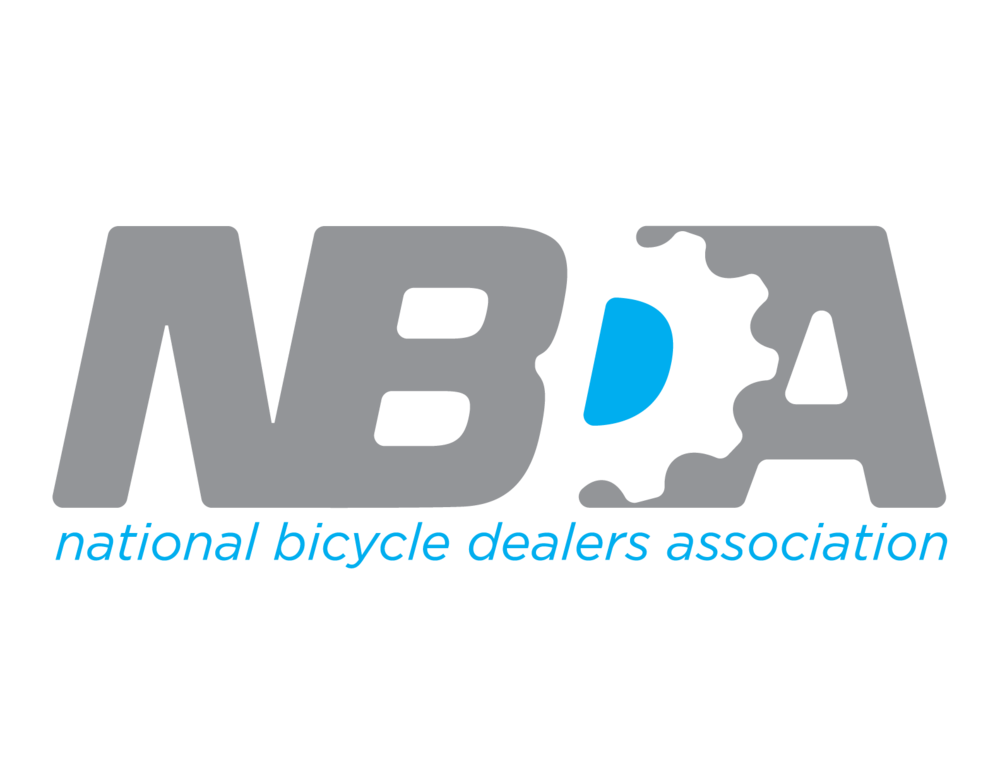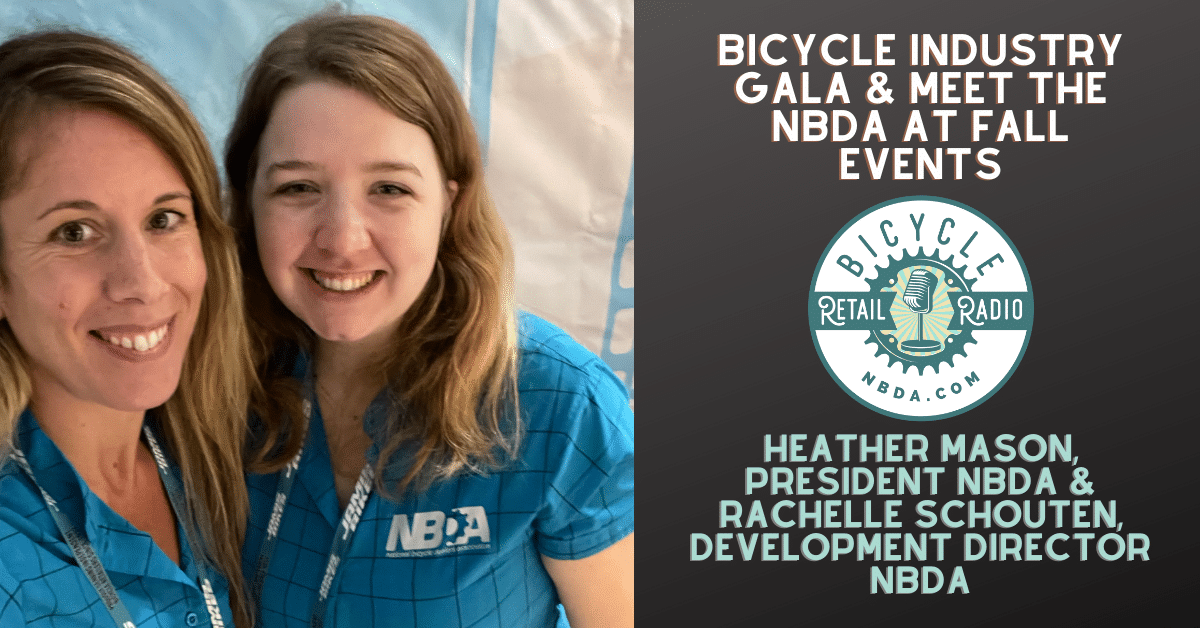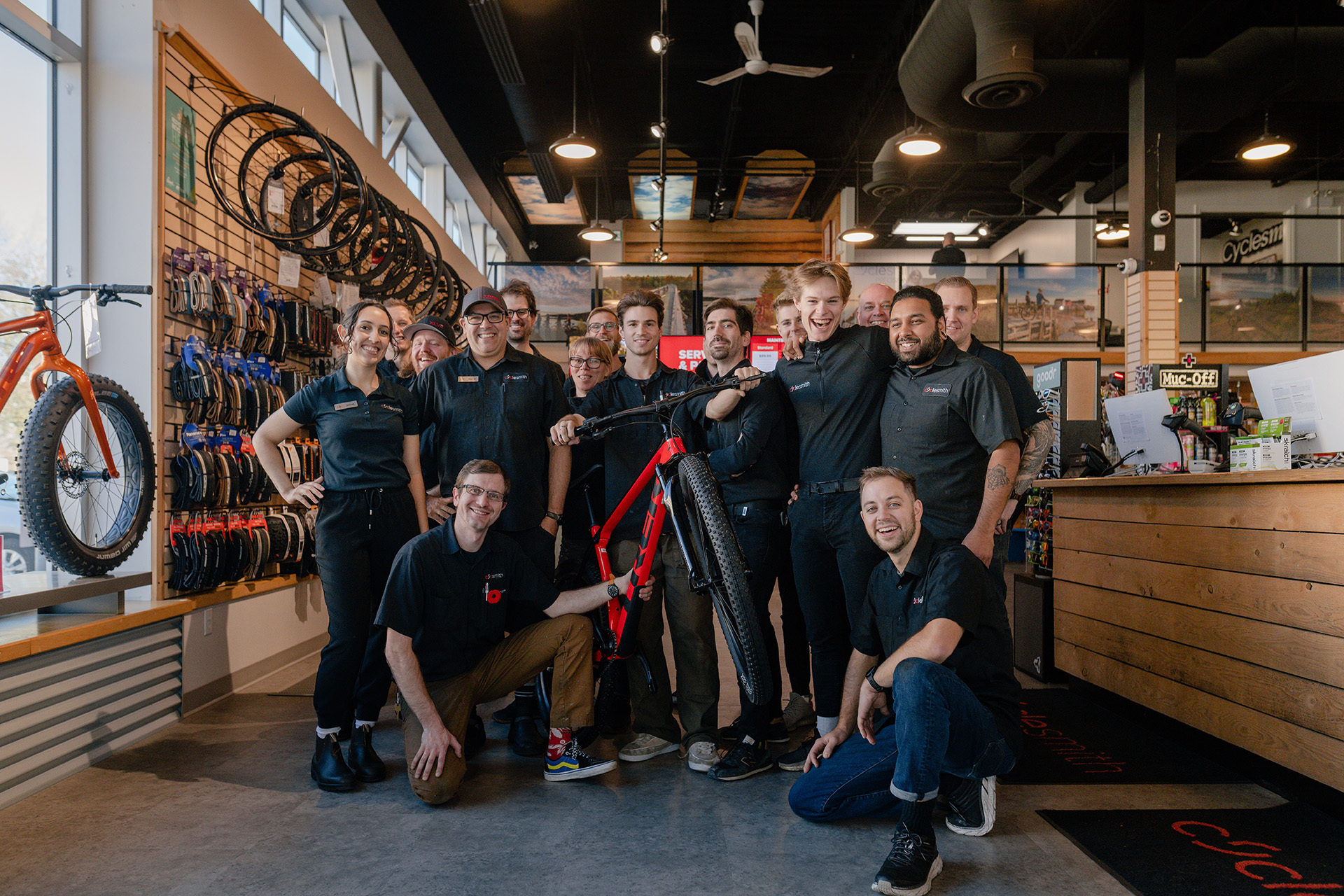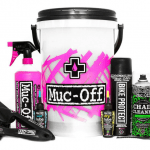Top Three Ways Inertia will Kill Profitability
It’s probably shocking to read that inertia will kill profitability. Daily I listen to retailers describe their businesses. As I work towards an understanding of individual companies, it has become increasingly clear that one thing seems to separate those moving forward from those that seem to struggle. That one thing is Inertia. There are hundreds of ways to improve your business, and many of those are becoming more and more critical to simple survival. The successful retailers of tomorrow will have to be doing all the little things daily that yesterday’s retailers could have avoided. The competition is just getting too good to be able to neglect best practices. Best practices of yesterday have become must practice today.
So what are the top three ways Inertia can kill your business? It boils down to failing to act in many areas of your operation. The big three, in my opinion, are those below.
Occupancy Costs
Retailers who find themselves paying too much for their space are often unable to pull the trigger to move or perhaps to downsize their square footage. Probably one the hardest and most stress-inducing things to put your business through is moving. But if your bike shop is finding itself in a position that sales are not keeping up with the increases in rent or have never entirely aligned with the occupancy costs, it is probably time to consider the options. Math is fun, and you may want to play some games, looking at various possibilities of the rent reduction. Sometimes you can be in a better position even with a slight loss of gross revenues if your occupancy costs decrease enough. Another possible benefit to downsizing is the simple loss of space that can help control inventory expenses. Many retailers fill the area simply because they have it. A smaller store can bring the guardrails in a little closer. The bottom line is not getting caught in the inertia trap of being overbought on your occupancy/location.

Payroll Expenses
Payroll costs and employee retention are complicated issues. It is a tricky tightrope to walk as a staff is critical to success, but the day-to-day enjoyment you get from running your business. If I could go back and give myself advice, it would be that whenever I had doubts about the longevity or quality of an employee, I wish I had decided to part ways or seek resolution much sooner. One caveat here is to make sure that the troubled employee may have a straightforward need that you haven’t addressed, that could turn them around and be a win-win. Keeping folks around that seem to be always poisoning the pond with negativity. Regardless of how veiled, need to go. The upside is that by making sure that your key employees feel valued and able to carry the weight should a bad seed need to be let go, can raise everyone’s morale knowing they aren’t working with folks who aren’t taking their weight. Payroll is your most significant expense and is often the hardest to maintain. Treat your employees well, and don’t let those who aren’t a fit hang around too long. Also, do not get caught in the trap of believing that your situation is somehow too unique. This ubiquitous refrain I hear – that certain situations faced are unique enough to warrant higher than standard payrolls. Be very careful of thinking in that way.
Margins…margins…margins
The mere mention of margins seems to rub some folks the wrong way, and lengthy discussions may emerge about “margin dollars” and a whole host of other theories about profitability. The bottom line is that your gross margin is critical. Knowing you may be getting substantially higher/lower margins comparing vendors, categories, etc., gives you information to act upon as you work towards zeroing in on the products to push and reevaluate and potentially move away from in the long term. Inertia in this area may take on being wed to vendors who make it difficult to be as profitable as you like or need to be. Conversations with your vendors to achieve the profits you need to survive and thrive should always be occurring. Negotiate with data and intelligent reasoning. I have heard first-hand accounts of retailers being allowed to work in an individualistic way with critical suppliers to make the relationship equitable. If all else fails, explore your options. Your profitability is in your hands, and many retailers have successfully found ways to achieve the margins they desire. Avoid Inertia in challenging conventional thinking that margins naturally go down, because they can’t if you aim to be successful.
Words by David DeKeyser
 David DeKeyser and his wife Rebecca Cleveland owned and operated The Bike Hub in De Pere, Wisconsin, for nearly 18 years. In 2018, they sold the business and real estate to another retailer based in a nearby community. David now writes the Positive Spin series on Bicycle Retailer and Industry News and he writes articles for the NBDA’s blog, Outspokin’. David also provides business consulting through the NBDA’s P2 Consult Program.
David DeKeyser and his wife Rebecca Cleveland owned and operated The Bike Hub in De Pere, Wisconsin, for nearly 18 years. In 2018, they sold the business and real estate to another retailer based in a nearby community. David now writes the Positive Spin series on Bicycle Retailer and Industry News and he writes articles for the NBDA’s blog, Outspokin’. David also provides business consulting through the NBDA’s P2 Consult Program.
 The NBDA has been here since 1946, representing and empowering specialty bicycle dealers in the United States through education, communications, research, advocacy, member discount programs, and promotional opportunities. As shops are facing never-before-seen circumstances, these resources offer a lifeline. Together, we will weather this. We at the NBDA will not waver in our commitment to serving our members even during this challenging time—but we need your support.
The NBDA has been here since 1946, representing and empowering specialty bicycle dealers in the United States through education, communications, research, advocacy, member discount programs, and promotional opportunities. As shops are facing never-before-seen circumstances, these resources offer a lifeline. Together, we will weather this. We at the NBDA will not waver in our commitment to serving our members even during this challenging time—but we need your support.
Now is the time to become a member as we join together to make one another stronger. Whether you’re a retailer or an industry partner, your membership in the NBDA is one of the best investments you’ll make this year.
Learn more about the benefits of being a member and join now.









